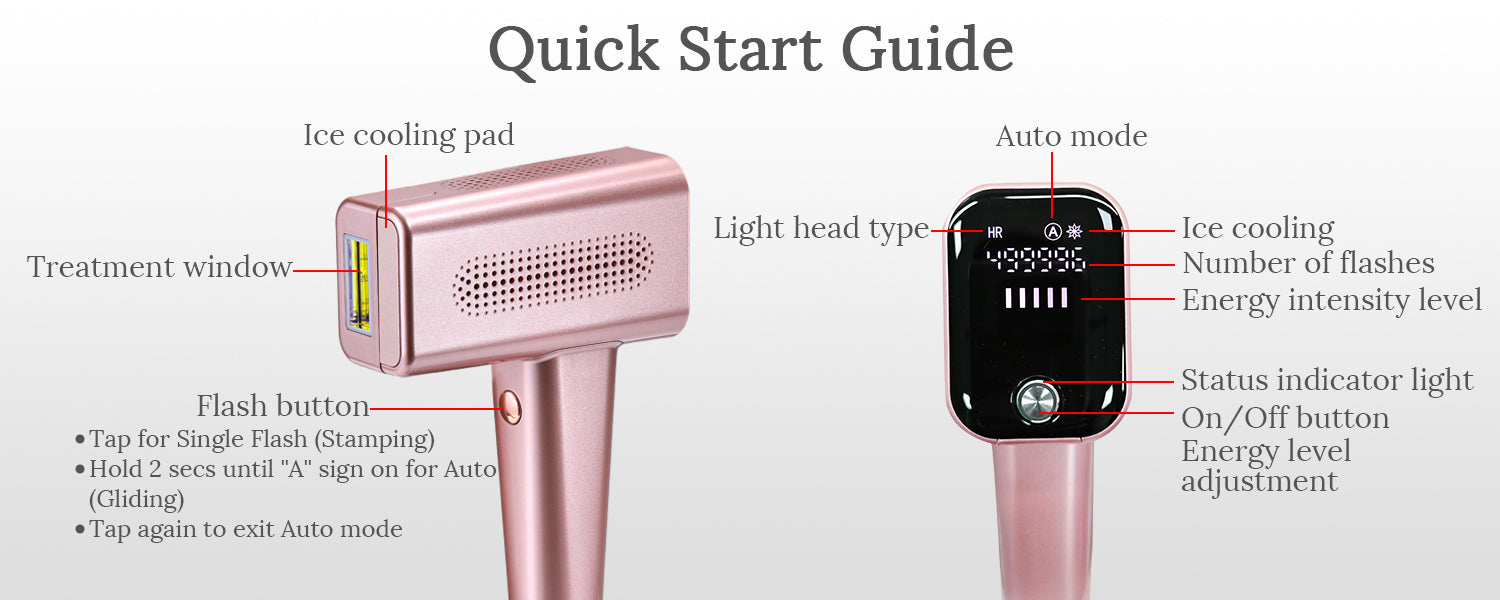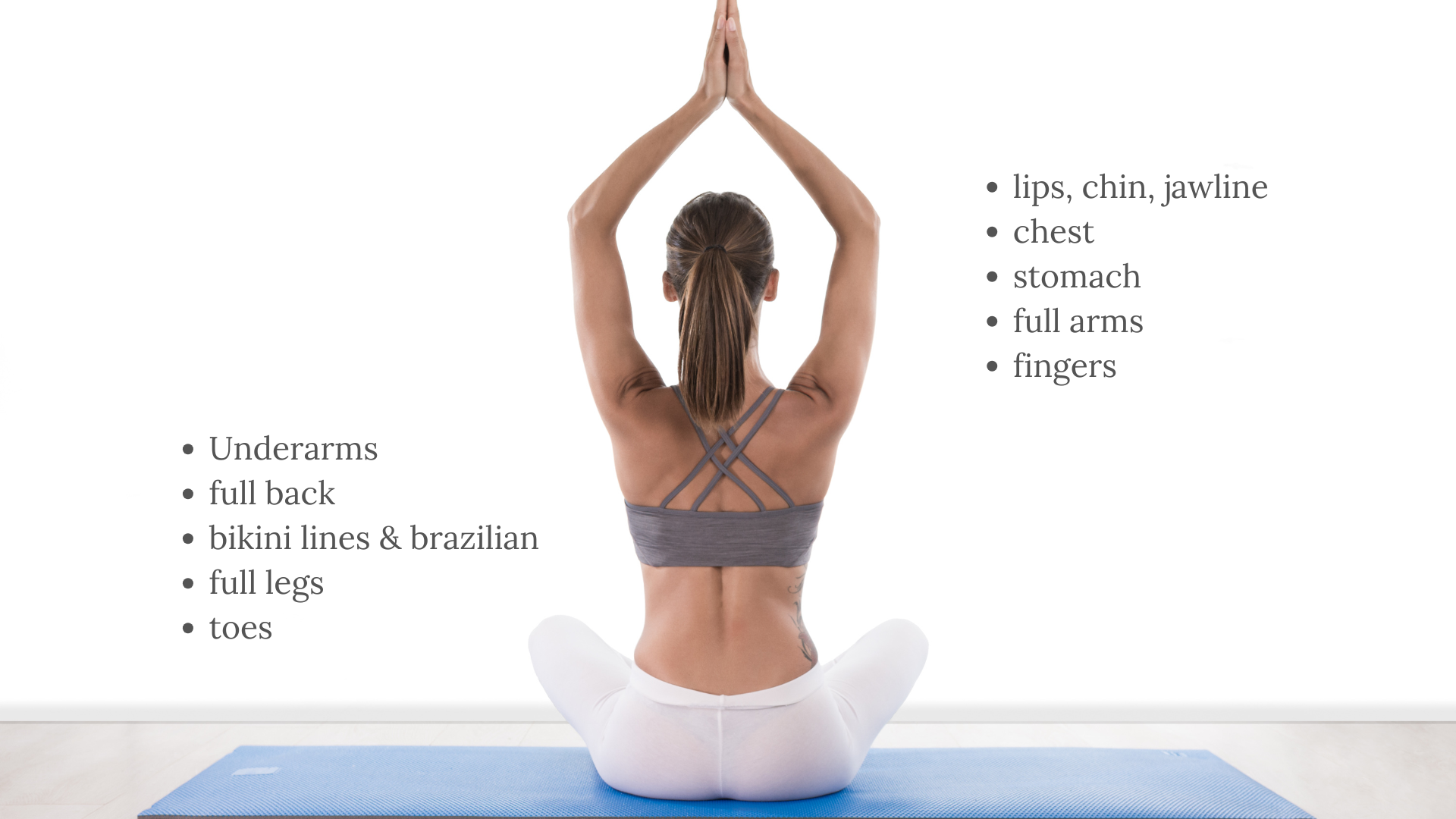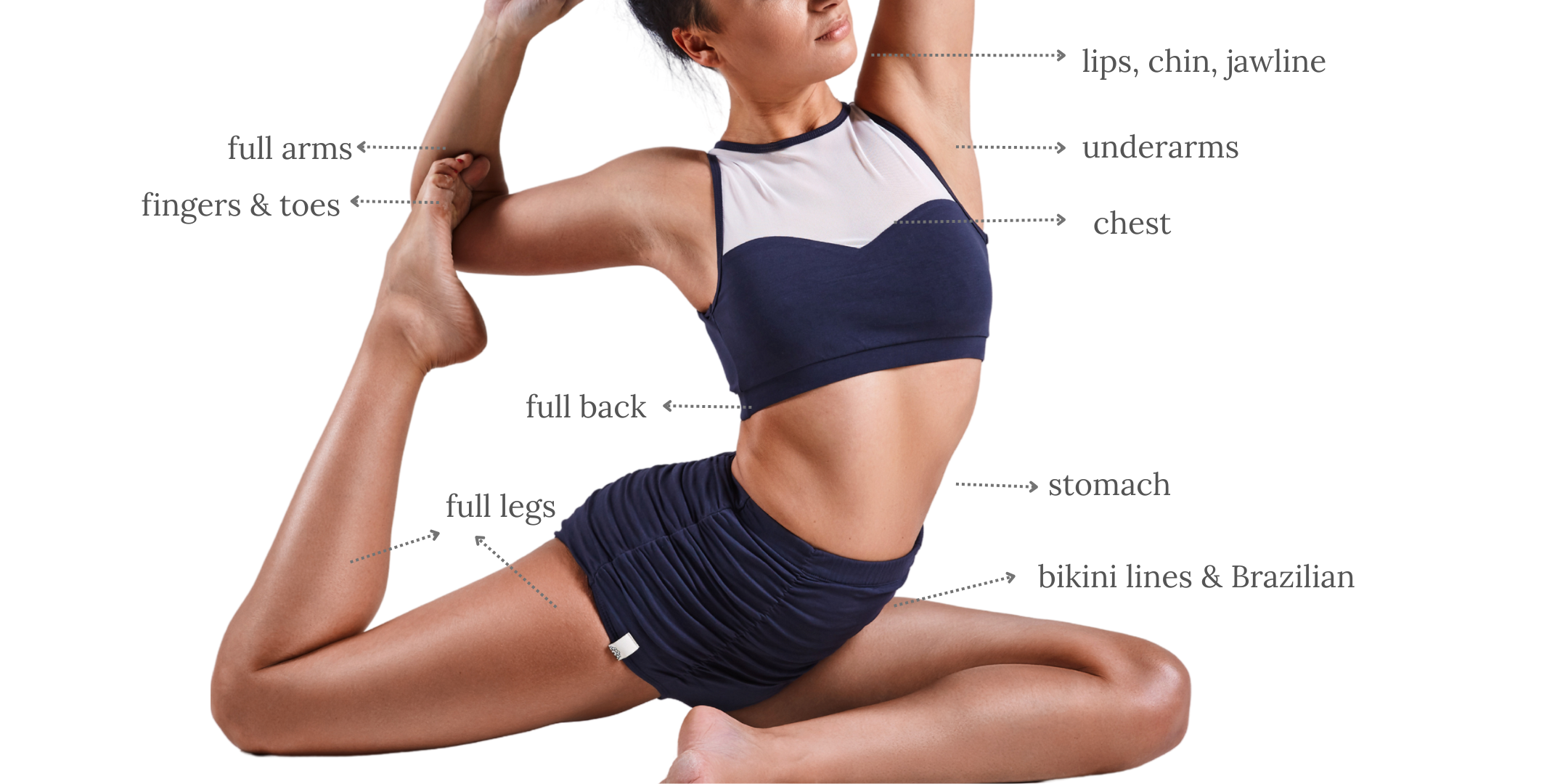IPL hair removal is a popular choice for those seeking smooth skin without the hassle of frequent shaving. This method uses Intense Pulsed Light to target hair follicles, reducing regrowth over time.
Many people are turning to IPL devices for at-home use for convenience and privacy. However, using these devices correctly is crucial for safety and effectiveness.
Understanding how to use IPL hair removal devices can make a significant difference in your results. This guide will walk you through the process, ensuring you get the most out of your device. Whether you're new to IPL or looking to improve your technique, this article will provide valuable insights and tips.

What Is IPL Hair Removal and How Does It Work?
IPL stands for Intense Pulsed Light, a non-invasive treatment for reducing hair growth. It uses broad-spectrum light to target the pigment in hair. The light converts to heat, which damages the hair follicle, preventing regrowth.
The technology is similar to laser hair removal, yet differs in its light spectrum. This makes IPL versatile for a range of skin tones and hair colors.
Here's how IPL functions:
- Emits light absorbed by hair pigment.
- Converts light to heat, damaging follicles.
- Reduces and slows hair growth over time.
Regular sessions are needed for optimal results - usually 2 sessions per week and 8 weeks/2 months for a full treatment
Who Can Use IPL Hair Removal? Skin Tone and Hair Color Considerations
IPL hair removal is effective but not universal for all skin types and hair colors. It works best on individuals with light to medium skin tones and dark hair. The contrast allows the light to effectively target the hair pigment without affecting the surrounding skin.
Some devices come with a skin tone sensor to assess suitability. Here's a quick guide:
- Best for: Light to medium skin tone, dark hair.
- Not suitable for: Dark skin, grey, white or red hair.
- Consult device compatibility for your unique skin type.
It's crucial to check the manufacturer's skin tone and hair color guideline to ensure safe and effective use for your skin and hair type.
Preparing for Your IPL Hair Removal Session
Preparation is key for effective IPL hair removal at home. Begin by shaving the area where you plan to use the device. This ensures the IPL targets the follicle directly without hair blocking the light.
Before your session, clean your skin with a gentle soap. This removes oils and residues, allowing the device to work efficiently. Make sure your skin is completely dry before starting.
Conducting a patch test is crucial. Apply a test pulse on a small area 24 hours prior to check for adverse reactions. This step helps you avoid any unwanted skin issues during or after treatment.
Avoid sun exposure and tanning beds leading up to your session. Protecting your skin from UV rays reduces the risk of irritation and enhances treatment outcomes.
Step-by-Step IPL Hair Removal Instructions
Start by plugging in your IPL device or ensuring it is fully charged. This prevents interruptions during your session. Check the manufacturer's instructions for any specific device requirements.
Before you begin, wear protective eyewear if the device manual advises it. This safeguards your eyes from intense light pulses. Safety should always be your priority.
Select the appropriate intensity setting, starting with the lowest. This helps gauge your skin's sensitivity. Gradually increase the setting in subsequent sessions if no adverse reactions occur.
Position the device against your skin, covering only the area to be treated. Ensure full contact to prevent ineffective pulses. Press the device's flash button to emit a light pulse.
After each pulse, move the device to a new spot. DO NOT pulse over and over again on one spot. Multiple overlapping pulses can lead to skin irritation. Glide mode, if available, allows for smoother transitions across larger areas.
Devices often beep or indicate when they're ready for the next pulse. Pay attention to these cues to ensure optimal timing. It's crucial not to rush the process.
Follow the manufacturer's guidelines on frequency. Most recommend 2 sessions per week for 8-12 weeks. Lower quality devices usually takes longer time due to low intensity pulse (usually under 14J). Consistency is vital for achieving the best hair reduction results.
Aftercare: What to Do After IPL Treatment
After your IPL session, it's essential to care for your skin. Start by applying a gentle moisturizer. This soothes any redness and keeps your skin hydrated.
Avoid sun exposure for a day or two post-treatment. Sun sensitivity is common, and protection is crucial. Use sunscreen if you need to go outside.
Here's a quick aftercare checklist:
- Moisturize the treated area.
- Avoid direct sunlight.
- Wear loose clothing to prevent irritation.
- Skip hot baths or showers for 24 hours.
- Refrain from applying makeup on treated areas immediately after.
These steps help ensure your skin remains healthy and irritation-free following IPL treatments.
Tips for Best Results and Common Mistakes to Avoid
Achieving optimal results with IPL hair removal involves consistency and care. A regular treatment schedule is vital. Skipping sessions can delay progress, so adhere to your routine diligently.
To enhance your results, consider these tips:
- Start with the lowest energy setting.
- Follow the recommended treatment frequency.
- Shave, don't wax, before using IPL.
- Monitor your skin's response closely.
- Maintain your device's cleanliness.
Common mistakes can hinder effectiveness or cause discomfort. Avoid using the device on sunburned or tanned skin. This may lead to irritation. Also, refrain from using IPL on the same area multiple times in one session. This could irritate your skin and reduce the device's effectiveness.
Safety Precautions and When to Avoid IPL
Safety is crucial when using IPL hair removal at home. Understanding when and where to avoid using it can prevent complications.
Here are key situations when IPL should be avoided:
- Do not use on tattoos or moles.
- Avoid using if your skin is sunburned.
- Refrain from using during pregnancy or breastfeeding without consulting a doctor.
- Do not apply on broken or irritated skin.
- Avoid using near the eyes or on certain sensitive areas unless specified as safe by the manufacturer.
Always refer to your device's manual for specific warnings. Your skincare health must remain a priority during any IPL treatment.
Frequently Asked Questions About Using IPL Hair Removal at Home
Using IPL hair removal devices at home often raises many questions. Below, we address some frequently asked concerns to help you get started.
How long before I see results? Visible hair reduction varies, but many notice changes after 3-4 sessions. Consistency is key in achieving optimum outcomes.
Is IPL painful? Most users describe a mild tingling sensation. It's generally painless but may vary with individual pain thresholds.
What if I have more questions?
You can consult resources such as:
- Manufacturer's device manual
- Dermatologist advice for personalized recommendations
- Online support communities and forums where users share experiences
Understanding the basics will enhance your IPL experience, making it both effective and enjoyable.
Conclusion: Is At-Home IPL Hair Removal Right for You?
Deciding whether IPL hair removal is a suitable choice involves several factors. Consider your skin tone, hair color, and budget. If you're seeking a convenient and cost-effective solution for reducing hair growth, IPL might be ideal.
Remember, results take time and commitment. Evaluate the device's compatibility with your needs and consult a dermatologist if unsure. Achieving silky smooth skin could be just a few sessions away!




